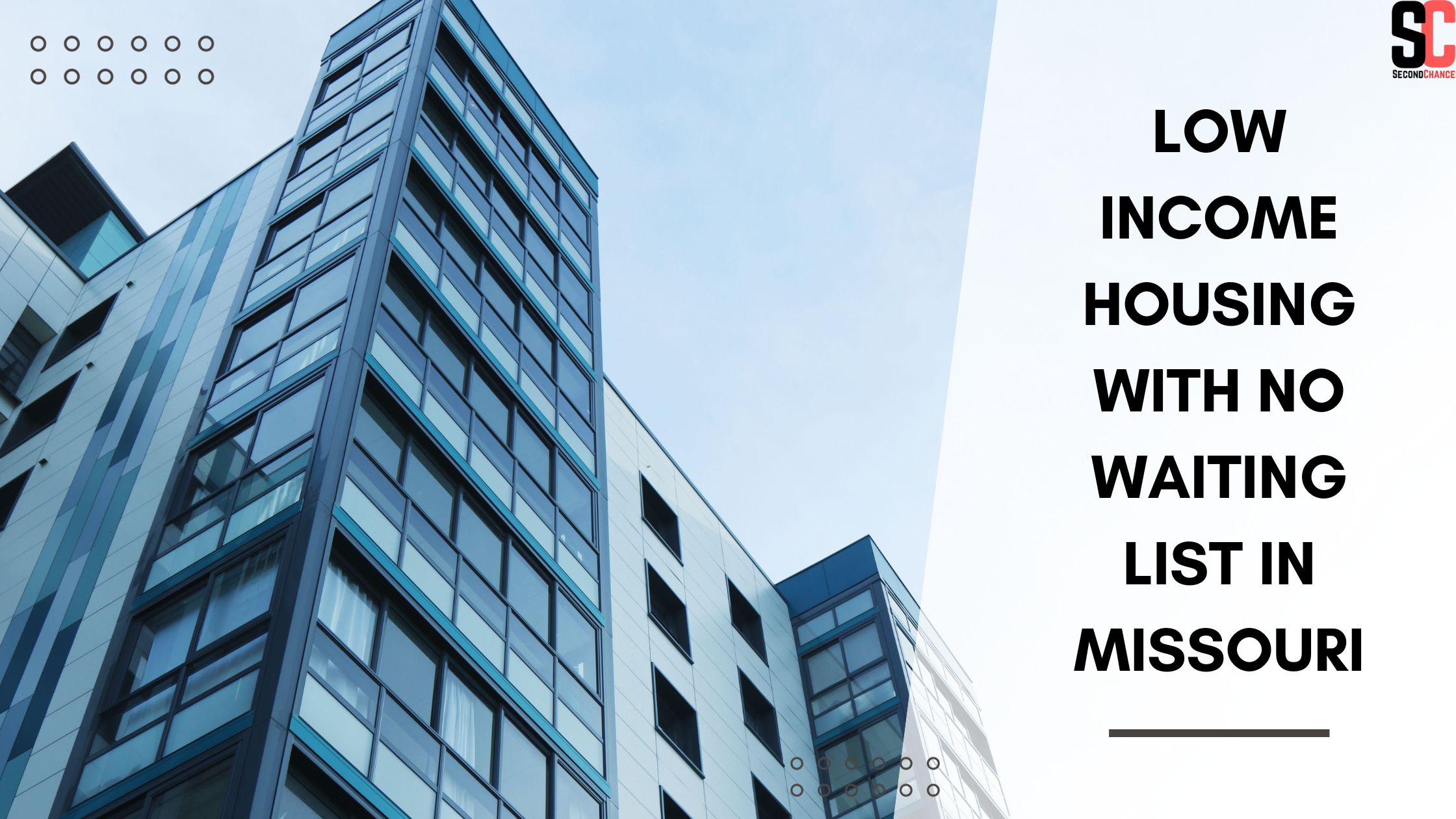Do you live in Missouri and want to know about Low Income Housing With No Waiting List In Missouri? Here’s some great news! You can now secure your dream home without waiting lists, and you can leave frustration behind.
Click here to find the latest Low Income Housing With No Waiting List In Missouri


